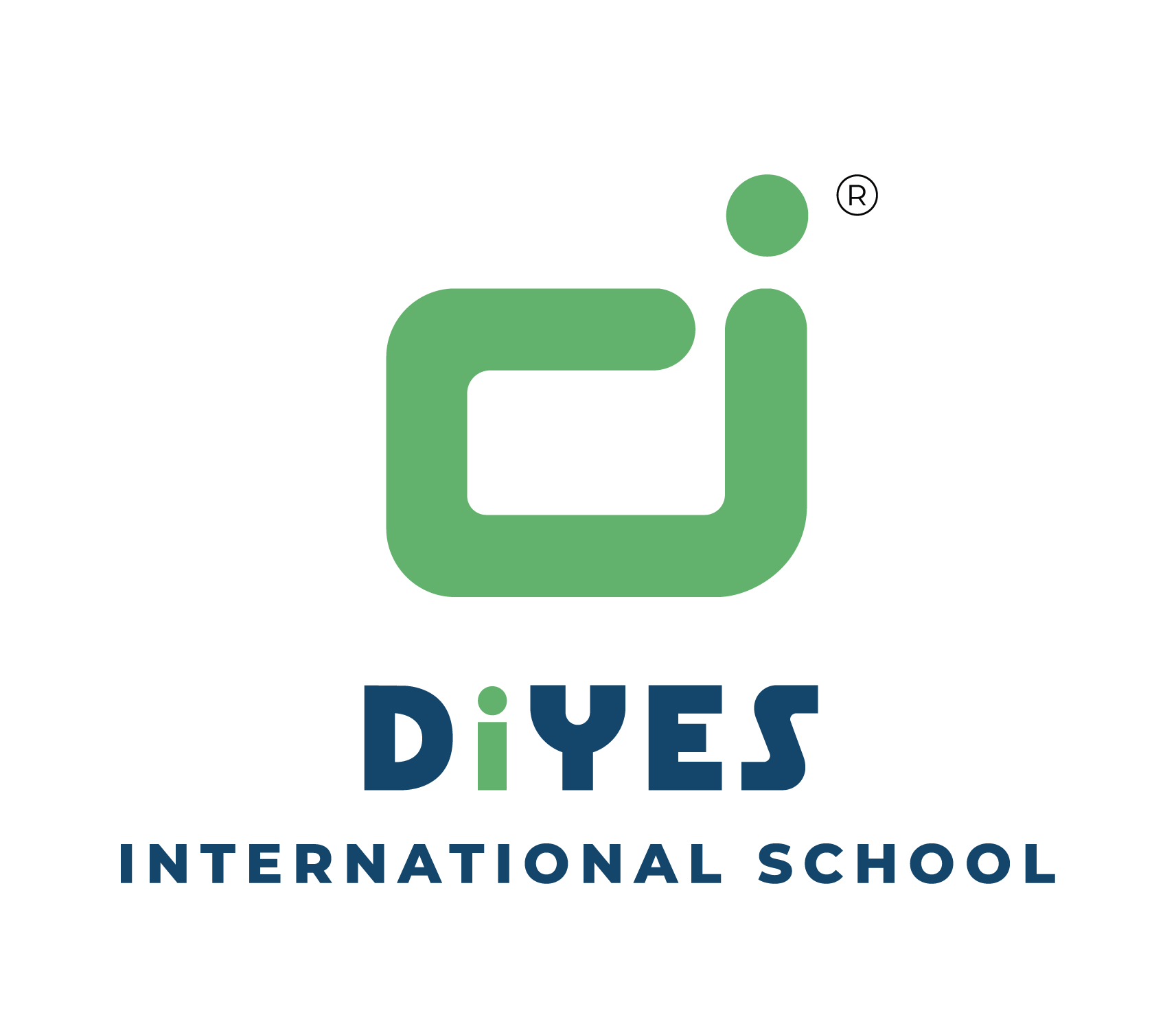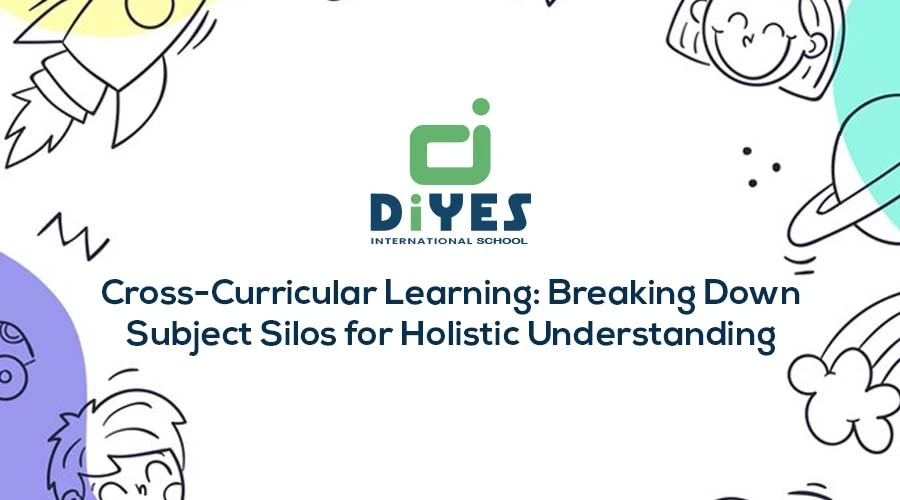Education, often compartmentalized into distinct subjects, faces a transformative shift towards cross-curricular learning. This blog delves into the paradigm of breaking down subject silos and advocating for an interconnected educational approach. As we explore the drawbacks, benefits, strategies for implementation, and impact on students, we unravel the potential of cross-curricular learning to nurture a holistic understanding. Institutions embracing this approach contribute significantly to nurturing well-rounded individuals prepared for the challenges of a dynamic world.

This exploration navigates the landscape of education, advocating for a departure from isolated subject learning to a more interconnected and holistic approach. The blog unravels the drawbacks of subject silos, delves into the benefits of cross-curricular learning, and assesses the impact on students’ overall comprehension and skill development. As we examine effective strategies, student-centric benefits, and the challenges in implementation, the blog envisions a future where education transcends traditional boundaries.
Drawbacks of Subject Silos
The conventional education system often compartmentalises subjects, creating silos that hinder a comprehensive understanding of interconnected knowledge. This section dissects the drawbacks of subject silos, emphasising the need for a more integrated approach.
- Fragmented Understanding: Subject silos contribute to a fragmented understanding, where students perceive knowledge as isolated fragments rather than interconnected concepts. This fragmentation can hinder the development of a holistic worldview, as students may struggle to see the relationships and connections between various disciplines. The isolated nature of knowledge fragments may lead to a lack of synthesis, impeding the ability to draw meaningful connections across subjects.
- Lack of Real-World Application: Learning in isolation often results in a lack of understanding regarding the real-world applications of acquired knowledge. Students may struggle to connect theoretical concepts to practical scenarios, limiting their ability to apply knowledge effectively in real-life situations and professional settings. The absence of real-world application can contribute to a disconnect between academic knowledge and practical skills, hampering students’ readiness for diverse challenges.
- Reduced Engagement and Relevance: Subjects taught in isolation may seem abstract and lack relevance to students’ lives. This reduced engagement can lead to a lack of interest in the material, hindering students’ motivation to delve deeper into the subjects and explore the broader implications of the knowledge. The perceived lack of relevance may result in disinterest, posing a significant barrier to cultivating a genuine passion for learning.
Subject silos pose significant challenges to nurturing a well-rounded education, emphasising the need for a shift towards cross-curricular learning for a more interconnected and meaningful educational experience.
Benefits of Cross-Curricular Learning
Cross-curricular learning dismantles the barriers between subjects, creating a more interconnected educational experience. This section explores the benefits of this approach to nurturing a holistic understanding of knowledge.
- Promoting Interdisciplinary Connections: Cross-curricular learning encourages students to recognise and explore connections between different subjects, promoting a more holistic view of knowledge. This interdisciplinary approach helps students understand how various disciplines intersect and complement each other in the real world. Recognising these connections nurtures a sense of intellectual curiosity, encouraging students to explore diverse subjects beyond their immediate scope.
- Enhancing Critical Thinking: Integrating subjects cultivates critical thinking skills, as students are required to analyse, synthesise, and apply knowledge across disciplines. Critical thinking becomes a fundamental skill for problem-solving and navigating complex issues, preparing students for challenges beyond the academic realm. Exposure to varied perspectives challenges students to think critically about different viewpoints, enriching their cognitive abilities.
- Nurturing Creativity and Innovation: Breaking down subject silos nurtures creativity by exposing students to diverse perspectives and methodologies. This approach nurtures an innovative mindset, allowing students to approach problem-solving with a broader and more imaginative outlook. The blending of ideas from different disciplines provides fertile ground for creative thinking, nurturing an environment where students can explore unconventional solutions.
The benefits of cross-curricular learning extend beyond knowledge acquisition, emphasising the development of critical thinking, creativity, and a deeper understanding of the interconnected nature of subjects.
Implementing Cross-Curricular Learning
The successful implementation of cross-curricular learning requires a strategic approach by educators. This section explores effective strategies to seamlessly integrate subjects and create a more cohesive educational experience.
- Curriculum Design and Collaboration: Educators can collaboratively design curricula that intentionally integrate related subjects, ensuring a cohesive and interconnected learning experience.Collaboration among educators is crucial to align content seamlessly, providing students with a more comprehensive understanding of the interconnected nature of knowledge. Strategic curriculum design involves incorporating input from diverse subject matter experts, creating a dynamic and integrated learning environment.

- Project-Based Learning: Project-based learning offers a practical avenue for cross-curricular integration, as assignments can require students to draw from multiple subjects. Assigning projects that demand the application of knowledge from different disciplines encourages holistic learning and a deeper understanding of the material. Incorporating real-world challenges into projects enhances students’ problem-solving skills, bridging the gap between theoretical knowledge and practical application.
- Use of Technology and Resources: Leveraging technology and diverse educational resources can enhance cross-curricular learning. Digital platforms, multimedia resources, and interactive tools provide avenues for exploring subjects in an integrated manner, making learning more engaging and relevant. Integrating technology also nurtures a sense of adaptability and technological literacy, skills increasingly vital in the modern, interconnected world.
The effective implementation of cross-curricular learning involves intentional curriculum design, collaborative efforts among educators, and leveraging technology to create a seamless and interconnected educational experience.
Student-Centric Benefits
The focus of cross-curricular learning is ultimately the student. This section examines the student-centric benefits, emphasising how this approach contributes to the overall development and well-roundedness of learners.
- Holistic Skill Development: Cross-curricular learning nurtures the development of a diverse skill set, including critical thinking, communication, and problem-solving skills. Students not only acquire subject-specific knowledge but also gain transferable skills applicable across various domains. Developing a broad skill set enhances students’ adaptability, preparing them for success in a rapidly changing and interdisciplinary world.
- Real-World Readiness: By connecting theoretical knowledge to practical applications, students become better prepared for the complexities of the real world. This readiness extends beyond academic achievements, equipping students with skills necessary for future success in professional and personal contexts. The emphasis on real-world application ensures that students are not just academically proficient but also capable of applying their knowledge in diverse situations.
- Intrinsic Motivation and Engagement: The interconnected nature of cross-curricular learning often sparks intrinsic motivation. Students find the relevance and applicability of knowledge more engaging, leading to a deeper commitment to their education and a greater enthusiasm for learning. Encouraging intrinsic motivation creates a positive feedback loop where students actively seek out opportunities to explore and expand their understanding.
The student-centric benefits of cross-curricular learning contribute to the holistic development of learners, preparing them for success not only academically but also in their personal and professional lives.
Parental Involvement and Support
Parents play a crucial role in supporting cross-curricular learning. This section explores how parental involvement contributes to the success of this educational approach.
- Understanding the Educational Approach: Educating parents about the benefits of cross-curricular learning enhances their understanding and support. Communication channels between educators and parents facilitate a collaborative approach to students’ education, creating a supportive home environment. Parental understanding nurtures a partnership between home and school, reinforcing the importance of an integrated learning approach.
- Encouraging Integrated Learning at Home: Parents can actively encourage integrated learning at home by incorporating interdisciplinary discussions and activities. This involvement reinforces the interconnected nature of subjects beyond the classroom, creating a continuous and seamless learning experience for students. Encouraging curiosity and exploration at home complements classroom learning, enriching students’ educational experiences.

- Participating in School Initiatives: Parental participation in school initiatives related to cross-curricular learning strengthens the bridge between home and school. Involvement in workshops, seminars, and collaborative projects nurtures a supportive educational ecosystem, reinforcing the importance of an integrated approach to learning. Shared participation creates a sense of community and collective responsibility for students’ academic growth, nurturing a holistic approach to education.
Parental involvement and support are integral to the success of cross-curricular learning, creating a collaborative ecosystem that reinforces the interconnected nature of education.
Overcoming Challenges in Implementation
While the benefits of cross-curricular learning are evident, challenges may arise during implementation. This section addresses common challenges and provides insights into overcoming them for a successful educational transition.
- Curricular Alignment and Coordination: Ensuring seamless alignment between curricula and coordinating efforts across multiple subjects can be challenging. Effective communication and collaboration among educators are essential to overcome this challenge and promoting a cohesive educational experience. Establishing regular meetings and communication channels facilitates ongoing coordination, creating a more dynamic and integrated learning environment.
- Resource Allocation and Integration: Integrating resources effectively to support cross-curricular learning may pose logistical challenges. Schools need to allocate resources strategically and invest in tools and technologies that facilitate an integrated educational experience, ensuring a smooth implementation process. Strategic resource allocation involves considering both physical and digital resources and tailoring them to support a diverse range of subjects and interdisciplinary projects.
- Assessment Strategies: Designing assessment strategies that evaluate cross-disciplinary understanding requires thoughtful consideration. Schools must develop assessment methods that capture the interconnected knowledge acquired through cross-curricular learning, promoting a comprehensive evaluation of students’ abilities. Incorporating a variety of assessment types, such as project-based assessments and presentations, ensures a more holistic evaluation of students’ interdisciplinary skills.
Overcoming challenges in the implementation of cross-curricular learning demands proactive strategies, effective communication, and a commitment to creating an educational environment that values interconnected knowledge.
Conclusion
The exploration of cross-curricular learning highlights the transformative potential of breaking down subject silos within education. By integrating various disciplines, students can develop a holistic understanding of knowledge that goes beyond the confines of individual subjects. This approach not only enriches their academic journey but also equips them with essential skills such as critical thinking and creativity.
Throughout this exploration, we have delved into the drawbacks and benefits of cross-curricular learning, discussed implementation strategies, and examined its profound impact on students. The drawbacks, including potential challenges in coordination and assessment, are outweighed by the numerous benefits, such as nurturing a deeper understanding of real-world connections and preparing students for a complex, interconnected future.
The implementation of cross-curricular learning requires thoughtful curriculum design, collaborative efforts among educators, and a commitment to providing experiential learning opportunities. When executed effectively, this approach empowers students to navigate the complexities of the modern world with a well-rounded skill set.
At DiYES International School, our commitment to cross-curricular learning is a testament to our dedication to providing students with a comprehensive and interconnected educational experience. Through innovative curriculum design and a focus on critical thinking, we aim to prepare our students not only for academic success but also for a life enriched with a profound understanding of the interconnectedness of knowledge.
To explore how DiYES International School pioneers cross-curricular learning, visit our website at www.diyesinternational.edu.in or contact us at +918547609000.


